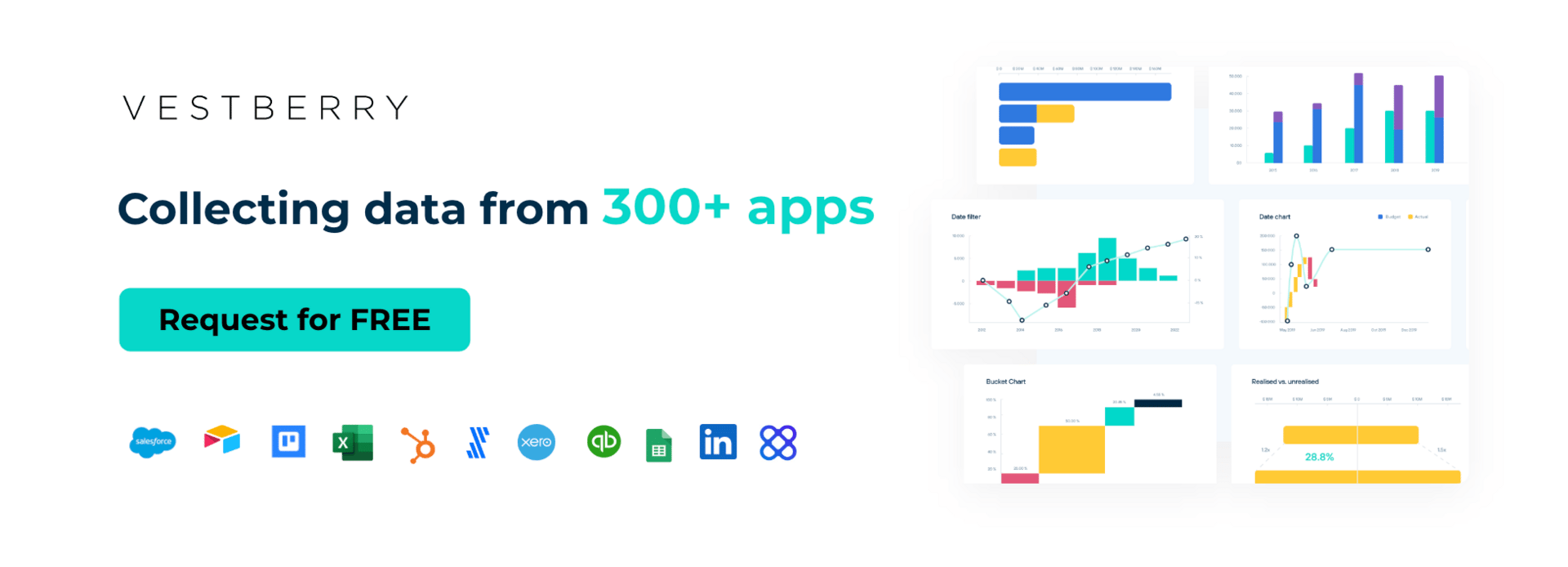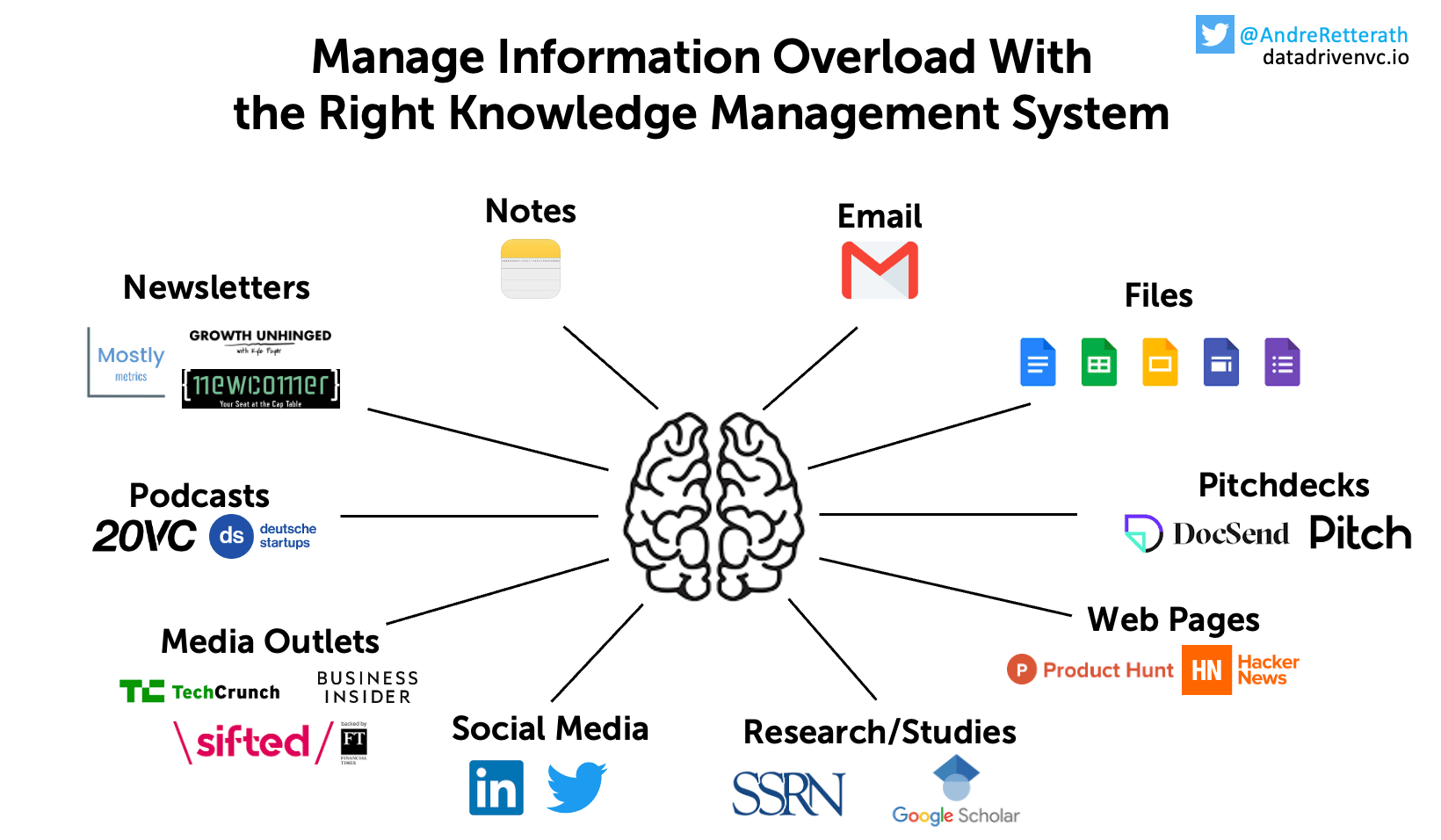👋 Hi, I’m Andre and welcome to my weekly newsletter, Data-driven VC. Every Thursday I cover hands-on insights into data-driven innovation in venture capital and connect the dots between the latest research, reviews of novel tools and datasets, deep dives into various VC tech stacks, interviews with experts, and the implications for all stakeholders. Follow along to understand how data-driven approaches change the game, why it matters, and what it means for you.
Current subscribers: 12,110, +250 since last week
Brought to you by VESTBERRY - A tool designed specifically for data-driven VCs

Request your FREE demo account to explore the potential of establishing live data links from over 300 diverse data sources, apps, and platforms, paving the way for distinctive VC insights.
In today's digital era, we find ourselves immersed in an unprecedented flood of information. With the rise of the internet, social media, podcasts, newsletters, and advanced communication technologies, we have access to an overwhelming abundance of data at our fingertips. It holds the potential for incredible knowledge and connectivity, but also presents a significant challenge: information overload.
In the context of last week’s introductory statement “Information is the currency of venture capital investors”, growing and managing knowledge is one of the key challenges (and most exciting drivers) as an investor. Attention is limited, so we need to maximize knowledge extracted per time, i.e. the ROI of knowledge workers.
Mastering this crucial challenge requires the right systems, otherwise, you won’t materialize your full potential and will be left far behind by your peers. Today, I’ll share a highly effective knowledge management system that every knowledge worker should know: Second Brain - a systematic approach to save and recall the ideas, insights, and connections we accumulate.

What is a second brain?
The concept of a Second Brain was popularized by Tiago Forte, a renowned productivity expert (book here). In essence, a Second Brain is an external, centralized, digital repository for the things you learn and the resources from which they come. It’s a system of knowledge that ultimately expands our memory and our intellect using modern tools of technology.
Why VC Investors Need a Second Brain
VC investors deal with vast amounts of information daily, including emails, pitchdecks, research articles, meetings, calls, podcasts, newsletters, LinkedIn posts, funding announcements, and a lot more. Properly processing and storing relevant information is key to staying on top of things, yet relying on conventional note-taking and bookmarking methods can be limiting and hinder the ability to access and synthesize information quickly.


